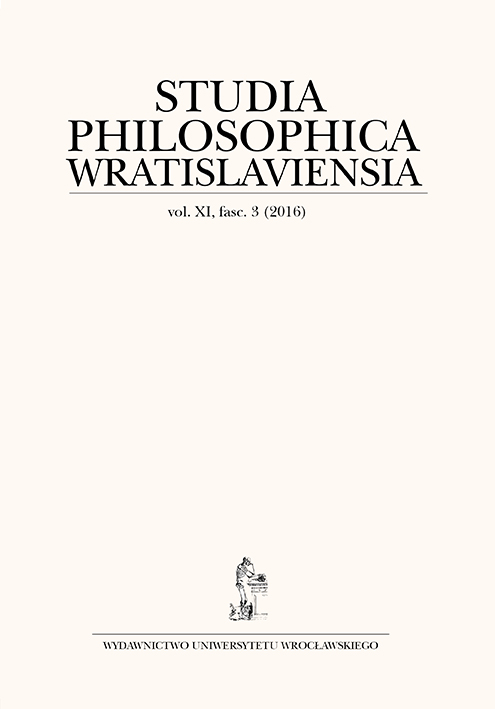

ARTYKUŁY

Painting as a specific form of cognition based on the example of Michelangelo Merisi da Caravaggio’s painting The Calling of St. Matthew
The article analyzes the feelings which the subject experiences in contact with Caravaggio’s painting The Calling of St. Matthew. The viewed picture is an intentional product which is endowed with a specific mode of existence, and the reception image is based both on the basis of onthological as well as aesthetic experience that causes my emotional stir. In the picture I see a specific form of being, endowed with a unique ability to show something in the current world of sensuality which is invisible. The image will be recognized in such a perspective as an attempt to introduce into the iconography something which is conceived and imagined. The two main streams of image analysis seem to underlie most of the litigation about the nature of the image of disputes which resulted in judgments of a normative, aesthetic and axiological nature. In order for me as a knowing subject to became the interpreter of the image I must meet the basic cognitive conditions: see the image, select it as an act of art, and only then the picture may become a form of mediation between what I have seen and my sphere of imagery that will arise in my aesthetic experience. Reception image requires me to act in perception of the active set, the visual information contained in the image is then paired with “images storage”, which I keep in my visual memory.